

The cover of The Journal has undergone not only design but title changes. Enjoy this journey through history.
Smith and Robinson. The treatment of certain cervical spine disorders by anterior removal of the intervertebral disc and interbody fusion. JBJS. 1958 Jun;40(3):607.
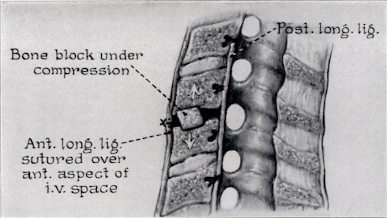

JBJS strategically expanded its marketing efforts to increase its reach to orthopaedists by exhibiting and speaking at global conferences, joining scientific publishing societies, increasing its outreach to authors and subscribers, and supporting these efforts with a dedicated Advertising department.
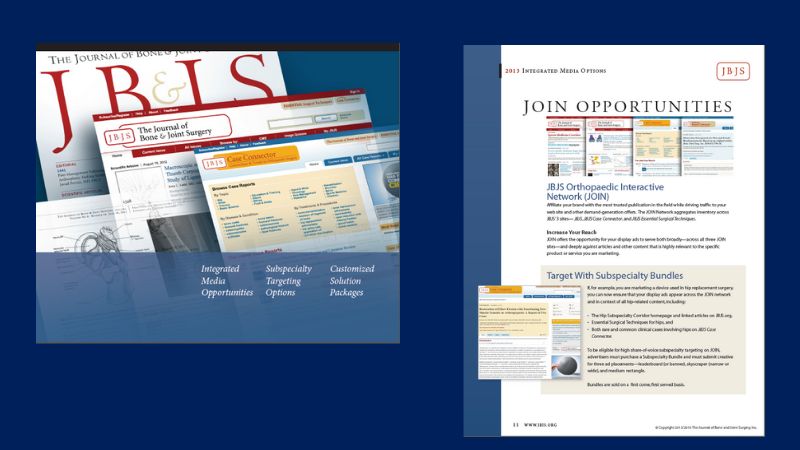
JBJS leadership understood that its rich legacy as a niche, scholarly medical journal would need a fresh infusion of marketing savvy in order to continue its success into the next millennium.
Under Henry Cowell’s tenure, The Journal expanded its marketing outreach by attending and exhibiting at meetings and conferences both nationally and internationally.
Under Jim Heckman’s tenure, The Journal continued to invest in marketing, with the hiring of a dedicated Marketing Director and expanded marketing staff, increased participation in conferences with formal marketing strategies and a professionally designed exhibit booth, and outreach to orthopaedists through direct mail and other advertising channels.

Under the tenure of Dr. Cowell, JBJS started using PCs and investing in technology to better meet the needs of modern subscribers. Some advances, such as an early OCR scanner that spared copy editors the task of retyping manuscripts, were designed to improve operations. Others, such as the JBJS.org web site, expanded the ways in which subscribers could interact with the Journal.
In 1992, JBJS was among the first medical journals to produce a full-text version on CD-ROM, and, in 1996, The Journal launched a basic web site. Like most web sites at the time, it was a work in progress and was intended to answer common reader questions relating to Editorial, Subscriptions, and Advertising.
By the end of the 1990s, the full text and illustrations of JBJS for 1996-1998 became available online, and the site was updated monthly to mirror the CD-ROM subscription with Medline abstracts of articles listed in the references. The site also featured fuzzy-logic text searching, relevance-ranked document retrieval, and full indexing of all important text words. Links within the text to images, charts, graphs, tables, and references helped users find information rapidly.
Online access to full-text versions was available to all users for a trial period, after which non-subscribers were only able to view tables of contents and abstracts. In 1999, all visitors to the site were given the ability to download specific articles for a fee.
These advances were designed to provide information to readers in a readily available form and timely fashion, helping to cement The Journal’s reputation as a leader in orthopaedic education.
During Dr. Cowell’s tenure, JBJS increased its base of international subscribers and authors by reaching out to a global audience, participating in international conferences and workshops, and expanding its marketing to orthopaedists worldwide.
During the mid-1980s, JBJS found new footing – growing from a niche scholarly journal to a thriving global corporation under the leadership of Henry Cowell. He was the first Editor-in-Chief to travel extensively around the globe, meeting with a variety of organizations, including the AAOS and the European Federation of National Associations of Orthopaedics and Traumatology (EFORT).
To help increase international submission and acceptance rates, he regularly delivered lectures and conducted workshops designed to help orthopaedists understand how to write for JBJS as well as how the review and editing processes work.
He also expanded Deputy Editor workshops internationally to extend the review and editing processes to professionals worldwide.
These initiatives were well-received and effective in expanding the Journal’s visibility among international authors and subscribers.
The Journal is available for the first time in electronic format, a quarterly compact disc.
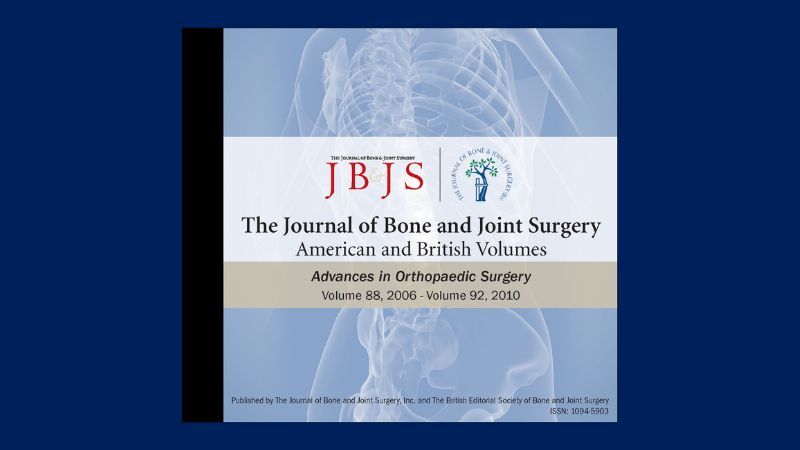

JBJS design has evolved over the years, reflecting our commitment to change as well as our digital presence.
As the Official Scientific Journal of AAOS, JBJS expanded its international reach and presence among AAOS members and orthopaedists worldwide.
The Deputy Editor workshop became a crucial component of publishing JBJS during Henry Cowell’s leadership as Editor-in-Chief.
During these workshops, Deputy Editors would gather together with reviewers, Associate Editors, and others to resolve disagreements around reviewers’ grades.
Dr. Cowell was intent on increasing the frequency of these workshops and using them to extend the Journal’s outreach among key stakeholders and enhance education on how to effectively critique manuscripts, helping to raise the bar for editorial excellence.
Dr. Cowell also prioritized continuing education for Journal staff, whether that meant training on new computer technologies or supporting senior staff membership in professional societies and participation in conferences.
The move to a new host increased the sophistication of JBJS’s offerings through a modern web presence seen here, which improved search, indexing, and reference functions. JBJS also benefited from alliances with other HighWire journals.
In October 2000, Dr. Heckman, Editor-in-Chief , and Dr. Poss, Deputy Editor for Electronic Media, penned a JBJS editorial in which they noted that “the rapid advent of the electronic age has shaken the foundations of the publishing industry and left all in a quandary, trying to identify strategies to survive and perhaps to thrive in a new paradigm where the dissemination of bountiful information is cheap, while the delivery of high-quality, peer-reviewed knowledge remains expensive.”
In an effort to meet the needs of this new age of scientific publishing and advance the Journal’s mission of presenting the most important new scientific knowledge to the orthopaedic community, JBJS partnered with HighWire Press of Stanford University to develop a new interactive website.
The new site enhanced the value of the Journal’s printed articles with the audio, video, and text capabilities of the Internet and allowed the Journal to supplement its monthly printed publication with real-time resources. The upgraded site featured:
JBJS’s digital transformation accelerated with the launch of an interactive web site housed by HighWire Press, which indexed the entire JBJS archive. The processes for submissions and peer review were moved online as well, decreasing time from submission to publication.
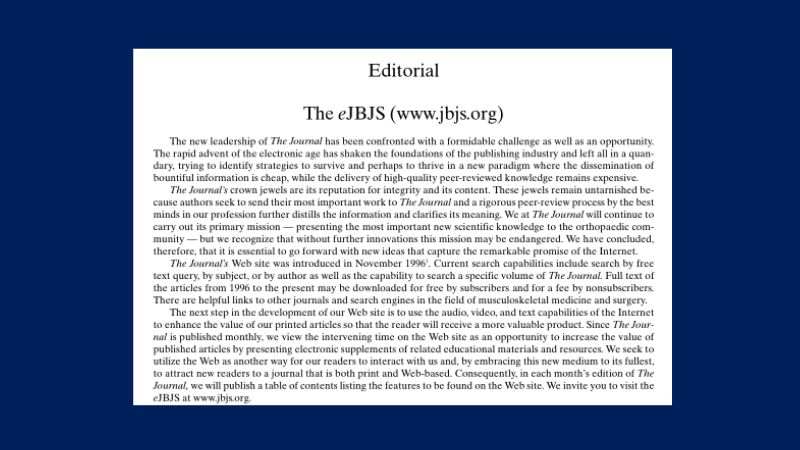
JBJS started to move into the digital age in the 1980s, when staff began to use desktop computers and early-stage digital tools.
In 1996, The Journal debuted its first web page, which initially featured only the current issue’s table of contents. JBJS also began building an extensive CD/DVD library in the 1990s.
By the mid-2000s, JBJS became more digitally sophisticated. The Journal was now housed on HighWire Press, a more interactive site that offered new ways to view and search for articles going back to 1889.
The article submission and peer review processes also moved online, which helped to eliminate the need for laborious and time-consuming cut-and-paste work and decrease the time between submission and publication.

Dr. Hanley approved an expansion of journal titles, with the introduction of JBJS Case Connector, JBJS Essential Surgical Techniques, and JBJS Reviews. With Dr. Mark Miller, a joint venture was approved to develop the JBJS Virtual Recertification Course.

Additionally, Dr. Hanley oversaw the new Enterprise growth strategy led by Kent Anderson, CEO. The Enterprise approach would allow JBJS, Inc. to grow and diversify to meet short-term challenges and long-term stability
Under Dr. Hanley’s leadership of the Enterprise approach, the JBJS name was changed to Striatus Orthopaedic Communications, Inc. The relationships with the AAOS and AOA were redefined, establishing JBJS as a totally independent, non-profit organization. The long-standing business relationship between JBJS and its British counterparts was terminated, resulting in the British journal being renamed The Bone and Joint Journal. Also, JBJS moved its publishing platform from Highwire to Silverchair.

JBJS introduced a number of new journals during this period, including JBJS Case Connector, JBJS Essential Surgical Techniques, JBJS Reviews, and JBJS Open Access. The new journals were designed to increase the JBJS footprint and expand the delivery of high-quality orthopaedic content.
JBJS Case Connector launched in 2012, with Marc Swiontowski as Editor, and was envisioned as a way to improve the clinical usefulness of case reports. Through robust data mining, this valuable resource (now under the leadership of co-Editors Tom Bauer and Ron Lindsey) continues to provide unprecedented levels of connection among cases and assists orthopaedic surgeons in the search for precedents, associations, and trends in their efforts to improve patient care.
JBJS Essential Surgical Techniques also launched in 2012, under the editorial leadership of Ed Cheng and was designed to meet reader demand with step-by-step surgical videos. This video-based journal, featuring step-by-step demonstrations of orthopaedic procedures supported by evidence-based outcomes, offers a rich-media learning tool to residents and surgeons.
JBJS Reviews launched in 2013, with Tom Einhorn as Editor. It was designed to meet reader demand for comprehensive literature reviews, particularly among residents and surgeons seeking recertification. Comprehensive review articles, written by recognized authorities in the field, provide the reader with expert insights into orthopaedic research and clinical experience across 12 subspecialty areas.
JBJS Open Access launched in 2016 under the leadership of co-Editors Robin Richards and Eng Lee as a way to expand the ability of the organization to publish basic-science and clinical findings, as well as new research approaches, that have the potential of impacting musculoskeletal disease and injury care worldwide.
An upgraded website (“the Hub”) launched in 2017, allowing users to search across all JBJS journals, as well as webinars and other educational content, from a single location.
JBJS received accreditation from the Accreditation Council for Continuing Medical Education (ACCME) and introduced the JBJS Recertification Course, which prepares learners for the American Board of Orthopaedics Recertification Examinations. The course has evolved over time. See full product.
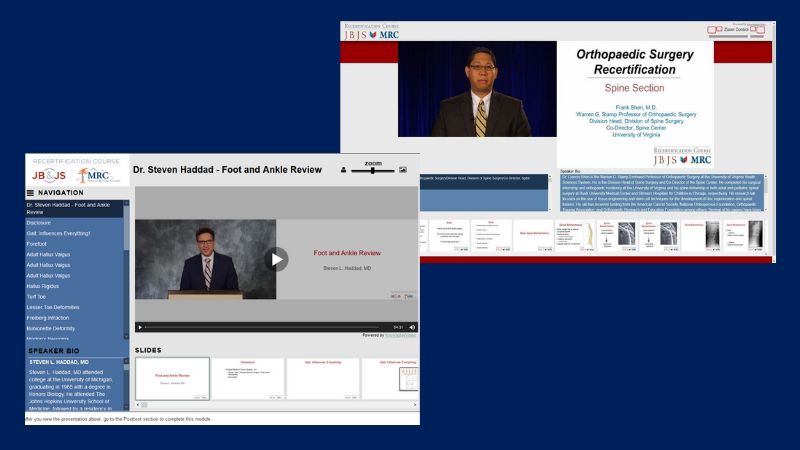

Under Dr. Gelberman’s leadership, JBJS entered its first significant publishing agreement with Wolters Kluwer Health, effective beginning 2016. Dr. Gelberman also authorized the asset acquisition of the Journal of Orthopaedics for Physician Assistants, now JBJS JOPA.

Dr. Gelberman also helped reorganize editorial roles at JBJS. He replaced Kent Anderson as CEO/Publisher and then split the responsibilities of the role. Mady Tissenbaum was promoted to Publisher, and Paul Sandford as CEO of JBJS, Inc., in August 2014.
Additionally, JBJS began the use of SocialCite for citation processing. Editorial assets further evolved as the SocialCite project was terminated in December 2014. JBJS preSCORE assets were also sold, and the organization changed its brand back to JBJS, Inc. from Striatus Orthopaedic Communications, Inc. Moving forward, JBJS would focus on the orthopaedic market prospectively.

This special report, The 2013 Boston Marathon: Preparing for and Recovering From a Mass Casualty Event, focuses on how multidisciplinary teams prepared for and responded to the Boston bombings – and helped survivors rebuild their lives.
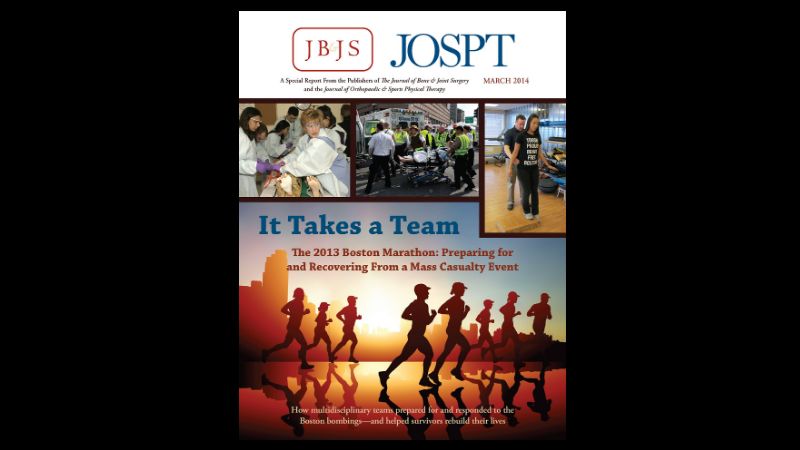

Dr. Beaty expanded the JBJS product offering by launching JBJS Open Access in partnership with Wolters Kluwer and by building JBJS Clinical Classroom in partnership with NEJM Group and Area 9 Learning.

Dr. Beaty convened the Millennial Advisory Group to consult on the new JBJS website, jbjs.org. JBJS journals were moved from the Highwire platform to jbjs.org and the electronic journals platform of Wolters Kluwer. Under Dr. Beaty’s leadership, the Board of Trustees managed the transition following the termination of the AAOS/JBJS Member Benefit Agreement by the AAOS, which had been in place since 2002.
Further, JBJS sold its building in Needham, MA, at the height of the commercial real estate market, and then leased it back.

The move to a new publishing partner under Dr. Swiontkowski’s tenure aligned JBJS with a larger publisher with a strong base of trusted journals, providing new economies of scale and opportunities for the future.
The partnership, which brought together one of the most prominent brands in medical publishing and the premier publisher in the orthopaedic surgery market, marked the transition of the JBJS journals portfolio to a commercial publisher after more than a century of self-publishing.
With the partnership, JBJS became one of the flagship titles in Wolters Kluwer’s orthopaedic surgery portfolio and an essential title in its leading general surgery journal list.
The partnership also provided JBJS with the opportunity to develop additional education products and invest in building out its web site to meet the continually evolving needs of orthopaedists around the globe.
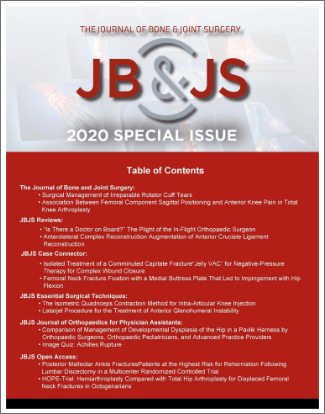
Sign up to receive your free JBJS 2020 Special Issue—a compilation of the most-read articles. You get twelve articles across six JBJS publications in this special issue.